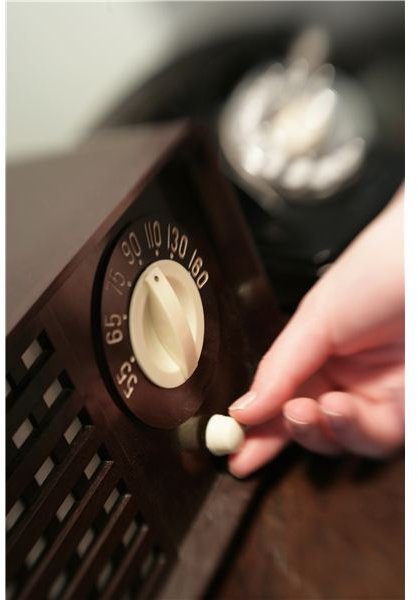Four Teaching Strategies for Phonemic Awareness
What Is Phonemic Awareness?
Phonemic awareness is “the ability to hear, identify, and manipulate individual sounds–phonemes–in spoken words.“1 Separate from
phonics, teaching strategies for phonemic awareness involve breaking down words to their smallest sounds. In addition, it requires students to think about the sounds that make up words. Thus, students will soon see how cat and sat have the same ending sound. It is this manipulation of words that causes a light bulb to go on in a child’s head when they start reading and see the sounds that make words come alive.
Activities Using Nursery Rhymes
Rhyming activities are a engaging way to help students remember phonemes. Nursery rhymes have an upbeat tune and are easy to remember. For instance, while singing “Hey Diddle Diddle2,” ask students which words have similar sounds? Diddle and fiddle have a similar sound as does moon and spoon. Ask kids to think of any words that rhyme with fiddle. Middle and riddle are two words. Also, what rhymes with moon? Noon and soon are two examples.
Hey Diddle Diddle, the cat and the fiddle.
The cow jumped over the moon.
The little dog laughed to see such fun
And the dish ran away with the spoon.
Other rhymes to use include “Hickory Dickory Dock” and “Three Blind Mice.”
Circle Rhyme
Have students sit in a circle. Start with the word cat. Students should go around the room and say a rhyming word. Make sure to model this first by giving kids a sequence of rhyming words like cat, sat, bat, rat, hat, mat and pat. Then, start the rhyming circle with the word car. If your classroom has teaching aides or volunteers, this is best done in smaller groups. This phonemic awareness game can also be modified to work with ending sounds.
Bag of Sounds
Put together bags of items that all start with the same sound. For instance, for the letter A, put in an apple, a plastic alligator, a picture of an arrow, a toy airplane and a flashcard with the letter A. Have students say all the words and then what sound they all have in common. Repeat the process with a few bags of letter items every day. This can also be done with word families. Put items like a small beanie baby cat, a small bat, a toy rat and a hat in front of children. Say all of the words together and then the sound that they all have in common: -at.
Clap out the Sounds
Clapping out the sounds of words helps students recognize phonemes. Say a simple word like cat. Now, clap out each sound. C-A-T. Tell students that each letter makes a sound to make up a word. Now, ask students to each pick a word and clap out the sound together. This activity is best done in small groups.
Reading Preparedness
By using teaching strategies for phonemic awareness, one can really help prepare students for reading and comprehension. Letters are the building blocks for words. Phonemic awareness is one of the most important ways to help students become aware of words. It is this awareness that helps students recognize unfamiliar words and read fluently.
Sources:
1. What is Phonemic Awareness? begintoread.com
2. Nursery Rhymes, bussongs.com
